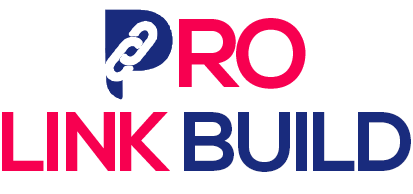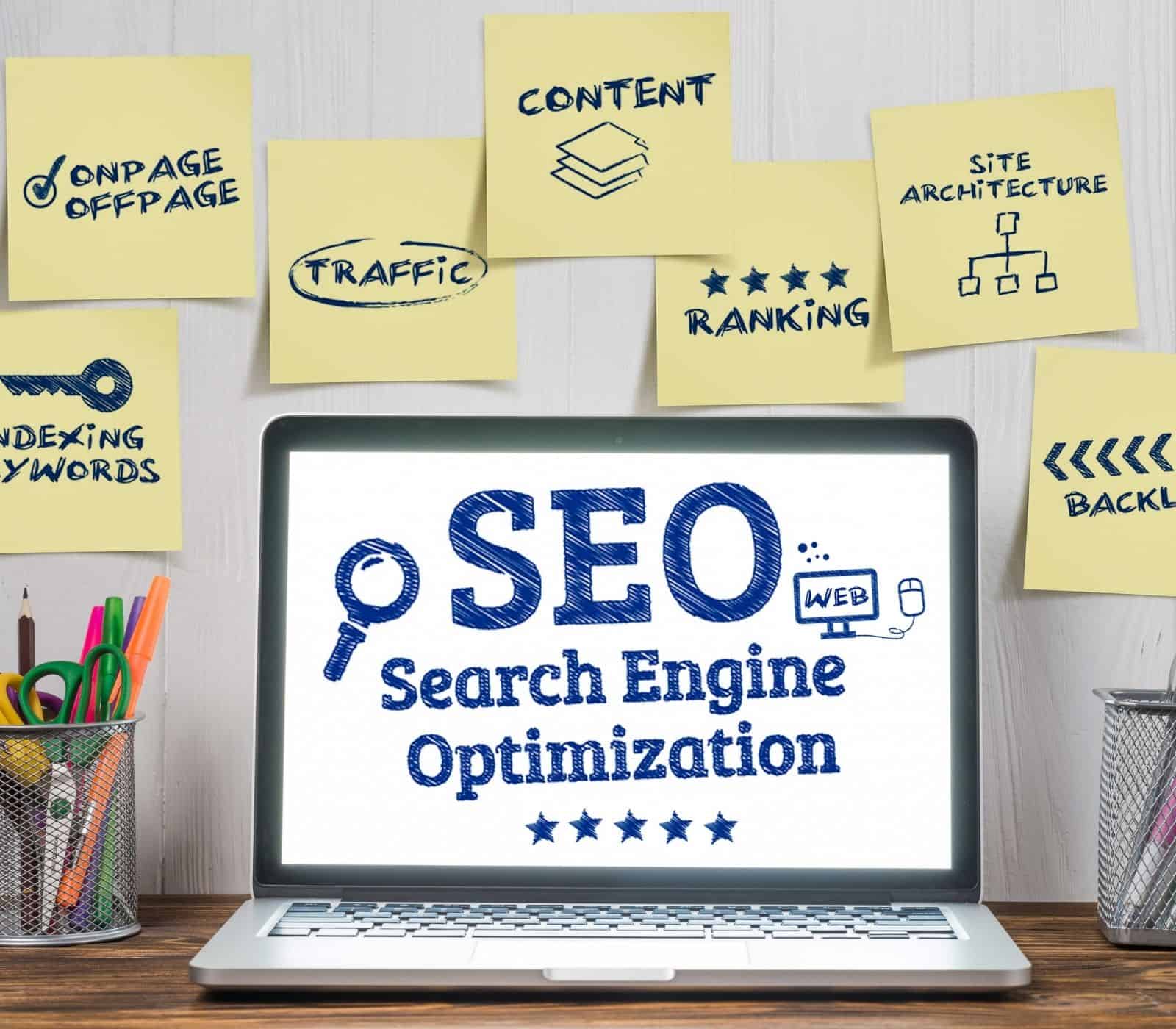On page SEO refers to the process of optimizing individual web pages in order to rank higher in search engines and attract more relevant traffic. On page SEO involves optimizing various elements on the page, including the content, HTML source code, and images, in order to make the page more search engine friendly.
Here are some on page SEO techniques to consider:
- Use keyword-rich titles and headings: Including relevant keywords in the title and headings of your web pages helps to signal to search engines the topic of the page.
- Optimize your website’s content: Ensure that your website’s content is high-quality, informative, and relevant to your target audience. Incorporating relevant keywords naturally in your content can also help to improve your search engine rankings.
- Use alt tags for images: Alt tags, or alternative text, provide a text description of an image and help search engines to understand the content of the image.
- Use internal linking: Internal linking, or linking to other pages on your own website, can help search engines to better understand the structure and hierarchy of your website, and can also help to improve the user experience.
. - Use responsive design: With the increasing number of users accessing the web from mobile devices, it’s important to ensure that your website is mobile-friendly and easy to navigate on all devices.
Here is an on page SEO checklist to consider when optimizing your website:
- Title tags: Ensure that your title tags accurately reflect the content of your web pages and include relevant keywords.
- Meta descriptions: Meta descriptions are brief summaries of the content of your web pages that appear in search engine results. Make sure to include relevant keywords and provide a clear, concise description of what users can expect to find on your page.
- Headings: Use headings to break up your content and make it easier for users to scan and read. Make sure to include relevant keywords in your headings.
- Images: Use descriptive file names and alt tags for all images on your website to help search engines understand the content of the images.
- Internal linking: Use internal linking to help search engines understand the structure and hierarchy of your website, and to improve the user experience.
When considering on page SEO factors to optimize, it’s important to keep in mind the user experience. While it’s important to optimize for search engines, the ultimate goal is to provide a positive experience for users. This means ensuring that your website is easy to navigate, has high-quality content, and loads quickly.
Here are some on page SEO best practices to follow:
- Use descriptive and concise titles and headings: Keep your titles and headings clear and concise, and make sure to include relevant keywords.
- Use short, easy-to-read paragraphs: Break up your content into short paragraphs and use subheadings to make it easier for users to scan and read.
- Use bullet points and numbered lists: These formatting elements make it easier for users to quickly scan and understand your content.
- Optimize your website’s loading speed: Slow loading speeds can negatively impact the user experience and your search engine rankings. Use tools such as Google’s PageSpeed Insights to identify areas for improvement.
- Use mobile-friendly design: With the increasing number of users accessing the web from mobile devices, it’s important to ensure that your website is mobile-friendly and easy to navigate on all devices.
There are a number of on page SEO tools available to help with optimizing your website’s on page elements. Some popular options include SEMrush, Ahrefs, and Moz.

